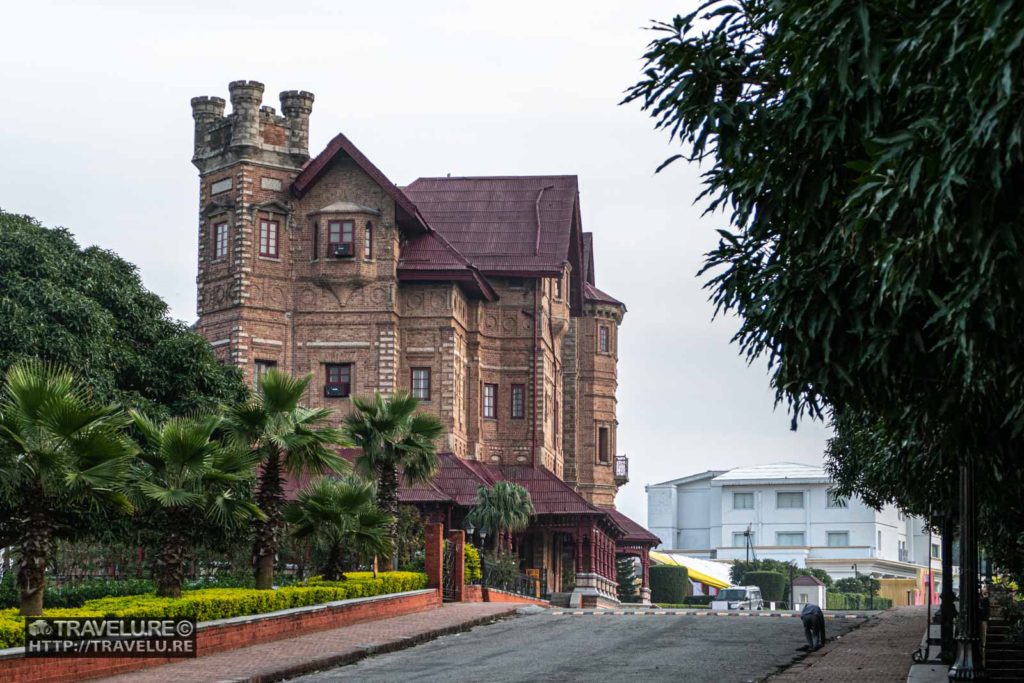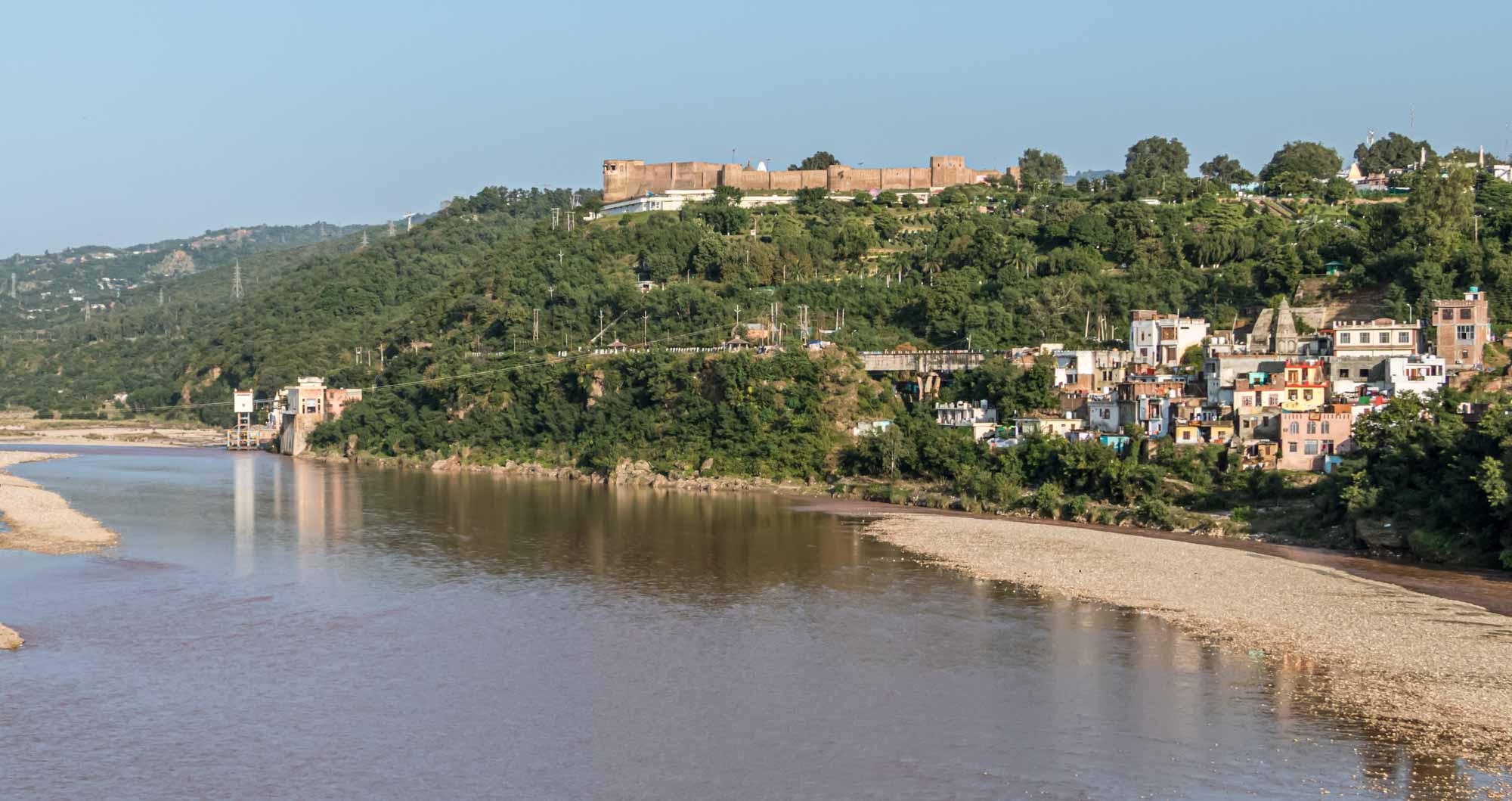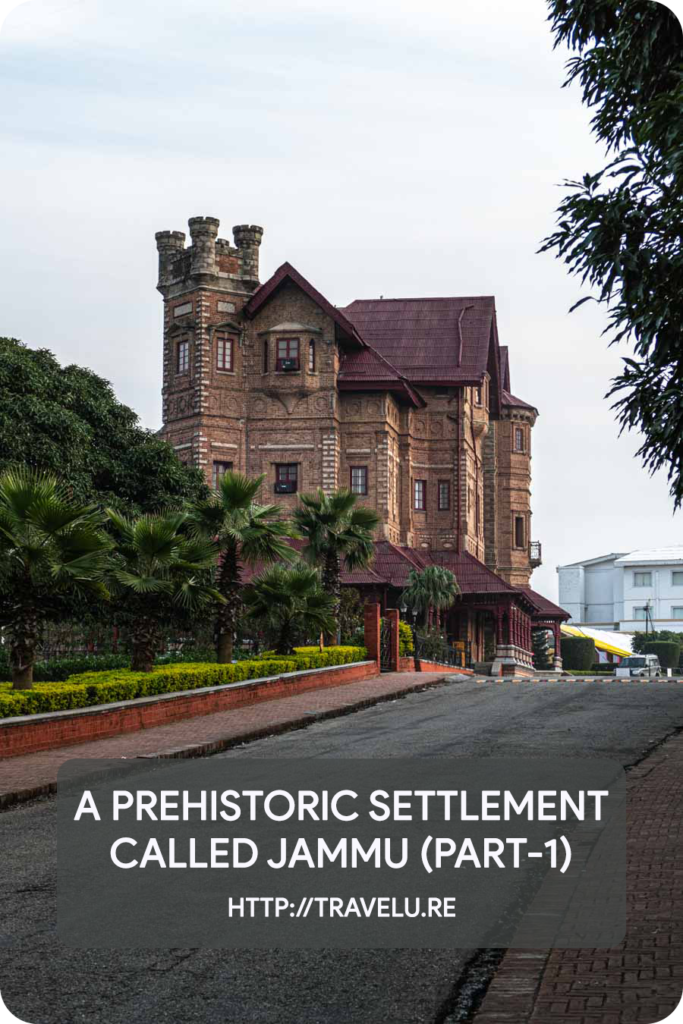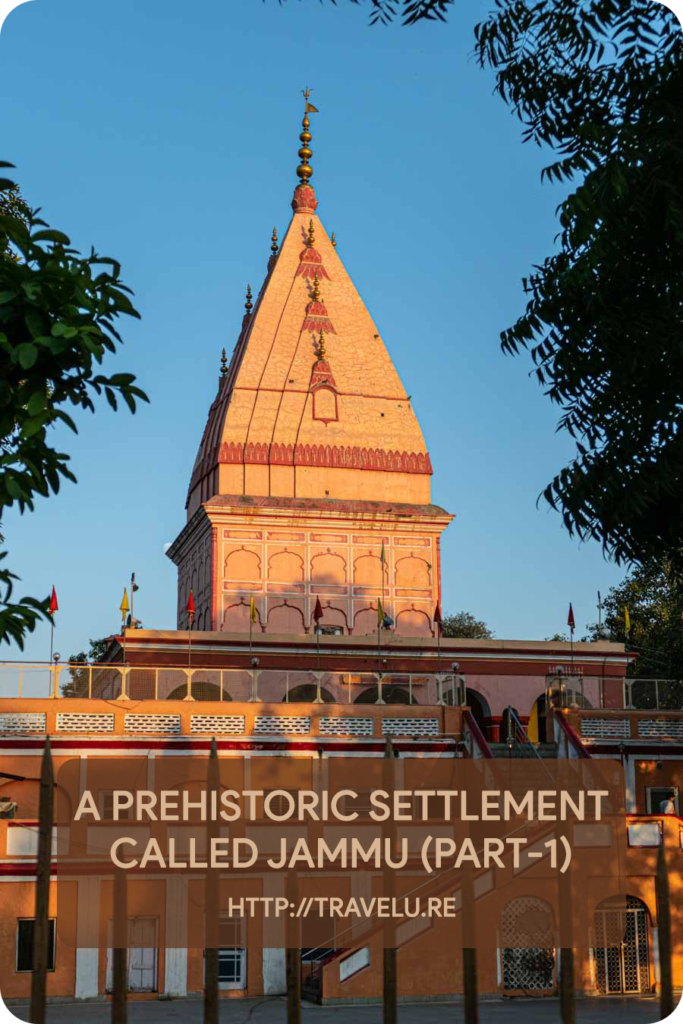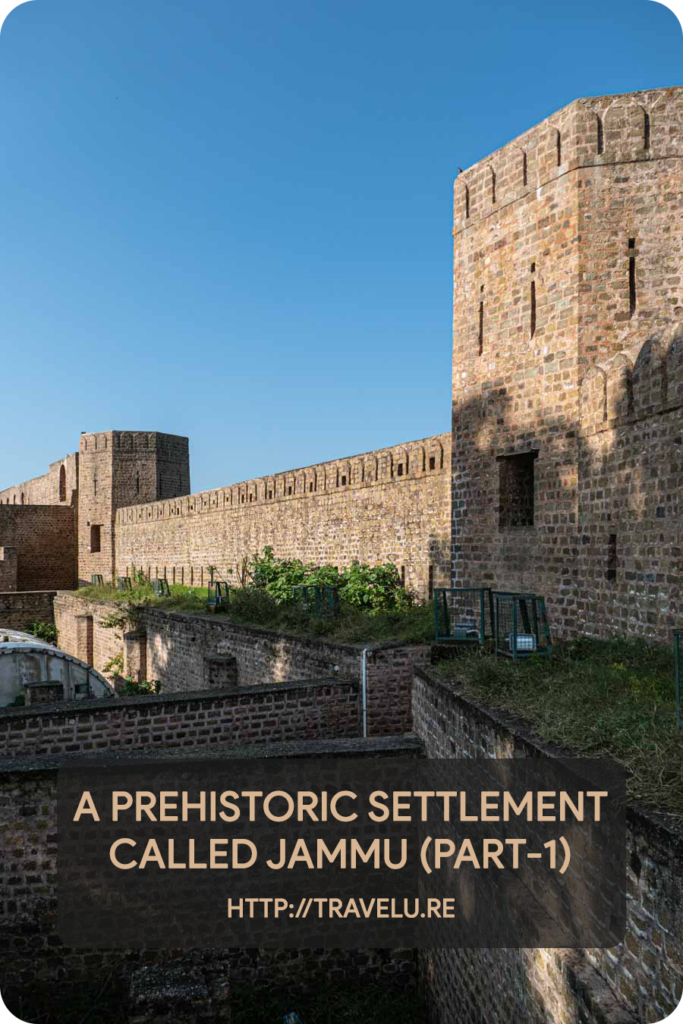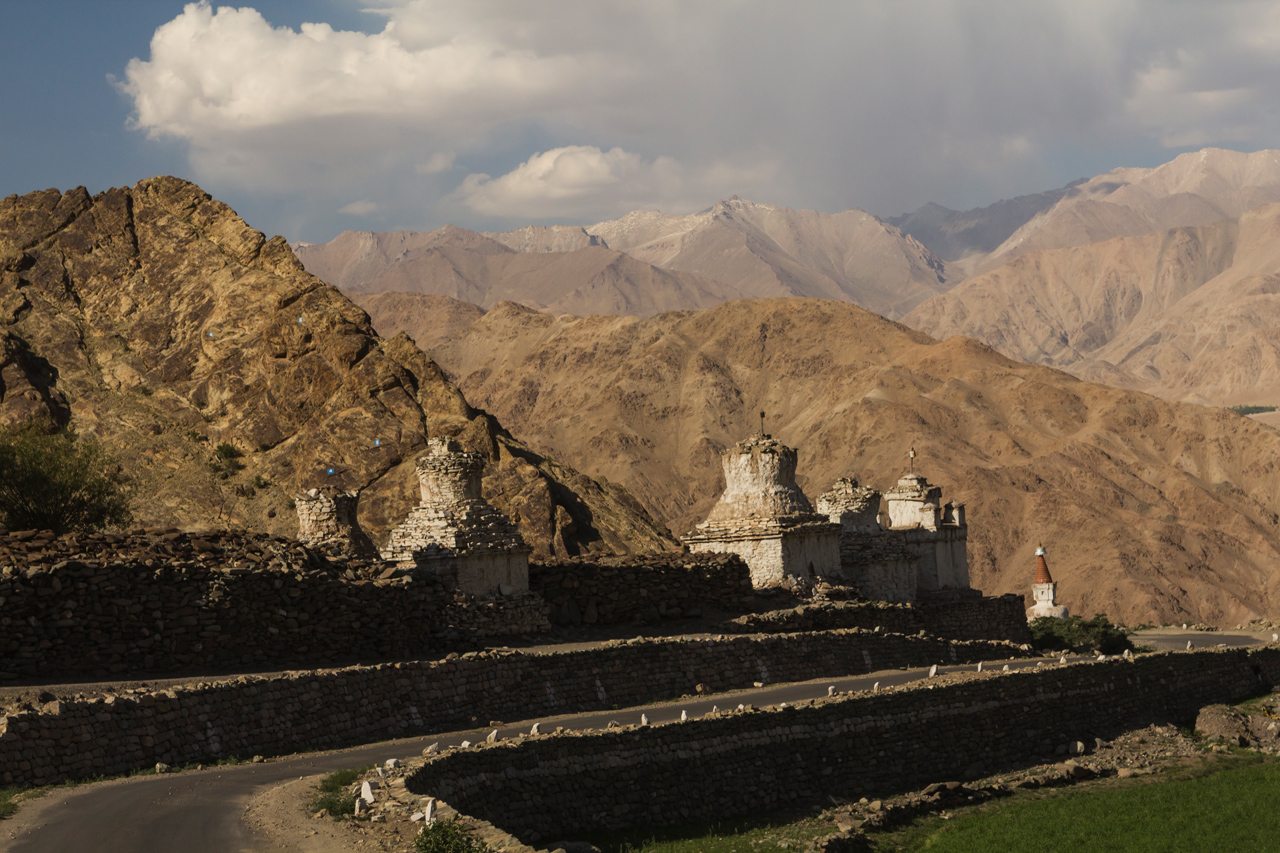A Prehistoric Settlement Called Jammu – Part 1
I grew up in Ludhiana in North India, not too far from Jammu. During my childhood, we did a few pilgrimages to the famed Vaishno Devi shrine. Jammu, hence, was a well-known town for me. Except, I had known it to be the pit-stop for a Vaishno Devi trip and not as a prehistoric settlement. This surprising fact led me to keep a couple of days to explore Jammu for stories, though even my recent trip was a pilgrimage.
And stories I got. Speaking to a gentleman who works with the local heritage conservation authority, I realised Jammu is a twin city called Jammu Tawi. Jammu being the north bank, and Tawi, the south bank of River Tawi.
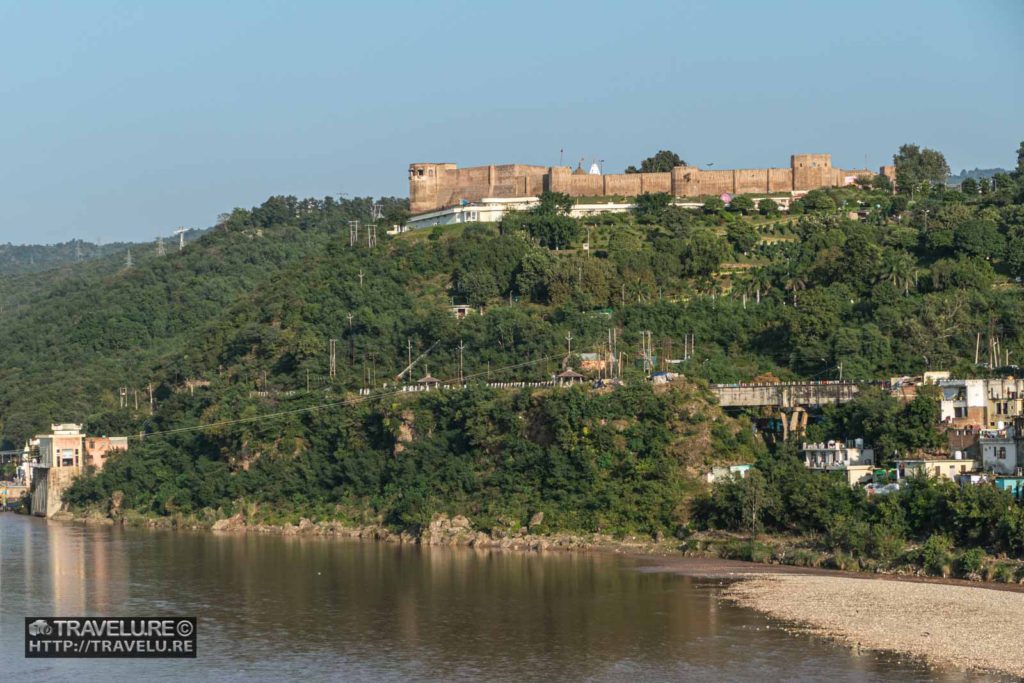
Bahu Fort
The history of this settlement straddles over three thousand years. The first known references to the city are from earlier than 1350 BCE. In fact, 1350 BCE marks the first known reference to Tawi as Bahulochan, a clansman of Jambu Lochan (the founder of Jammu), built a fort there. In the latter years, the subsequent dynasts built over that mud fort. Today, what you see is a brick and lime mortar fortification.
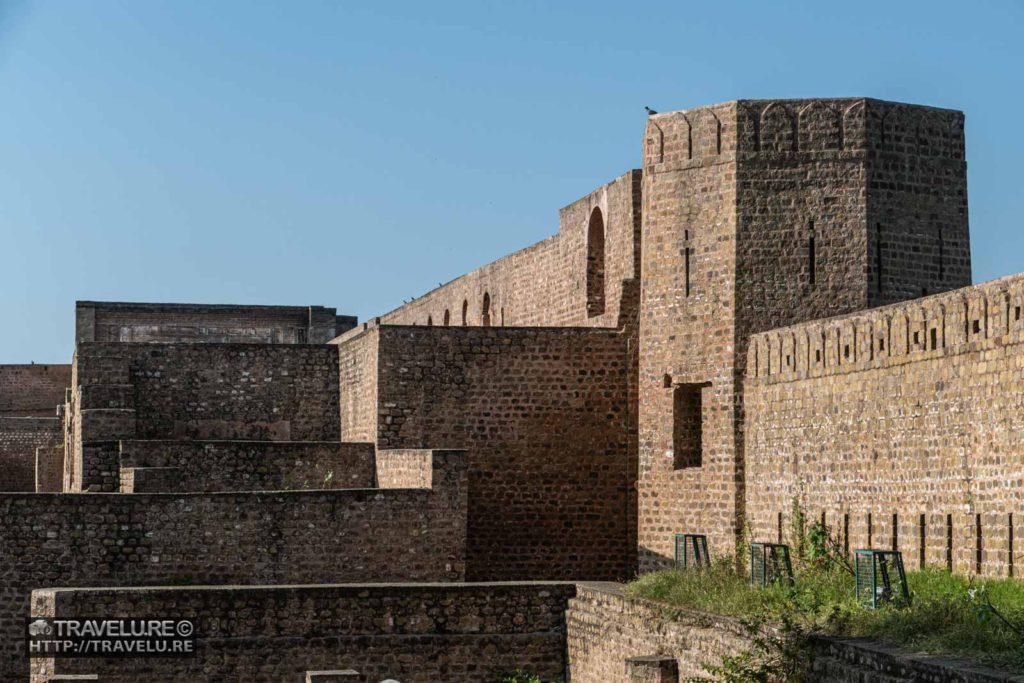
Perched on top of a hill, Bahu Fort with its massive walls, and River Tawi flowing along its west and north, is almost impregnable. Today, people visit the fort to pray at the Baawe Waali Maata temple here. King Ranjit Singh Dev built this 8th-century temple. The rest of the fort is out-of-bounds for the public, as the security forces guard it. When the police guards learnt I write on travel, they not just permitted me to see the fort, but took me around too.
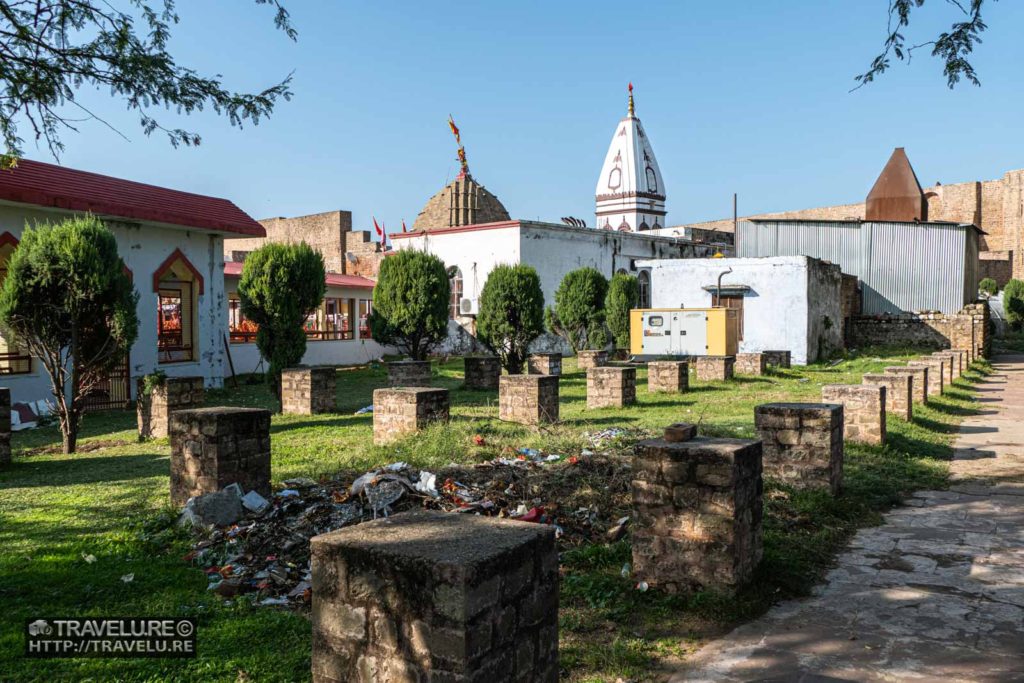
Its winding entrance path prevents a direct attack. And the gate and the pathways inside are wide enough for the royal-ride elephants to move about. Today, the fort may not stand for much, but the silent bystander has seen eras go by in this sleepy town over the last few millennia.
During medieval times, Dogras ruled this settlement. And they left a memorable imprint of their times here – Mubarak Mandi. But that royal precinct deserves a complete post, So, I’ll share about it next week. In this post, let me share some other remarkable landmarks of Jammu.
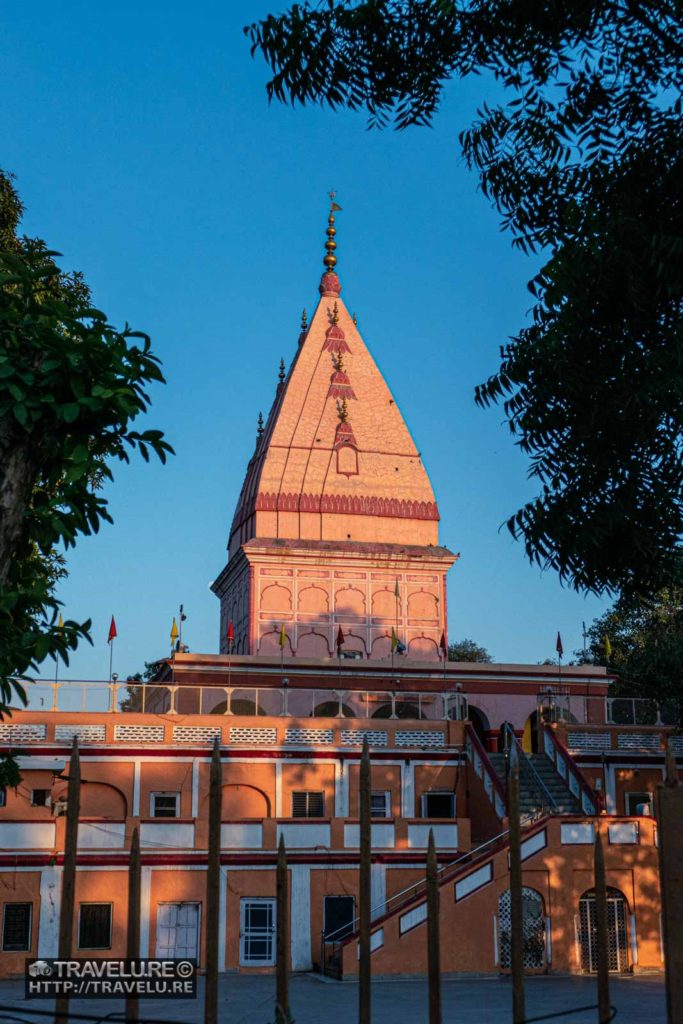
Ranbireshwar Temple
Built between 1863 and 1878, they named the temple after Maharaja Ranbir Singh. A few remarkable features of this temple include a few sphatik (crystal or quartz) shiva lingas, a seven-and-a-half feet Narmadeshwar lingam (from Omkareshwar), and over 125,000 banalingas embedded in stone slabs, brought from the banks of Narmada in Omkareshwar. The quartz shiva lingas are between 15 and 38 inches tall. Maharaja had brought these quartz lingas from Europe. The idols of Shiva, Parvati, Ganesha, and Kartikeya also find a pride of place in the temple.
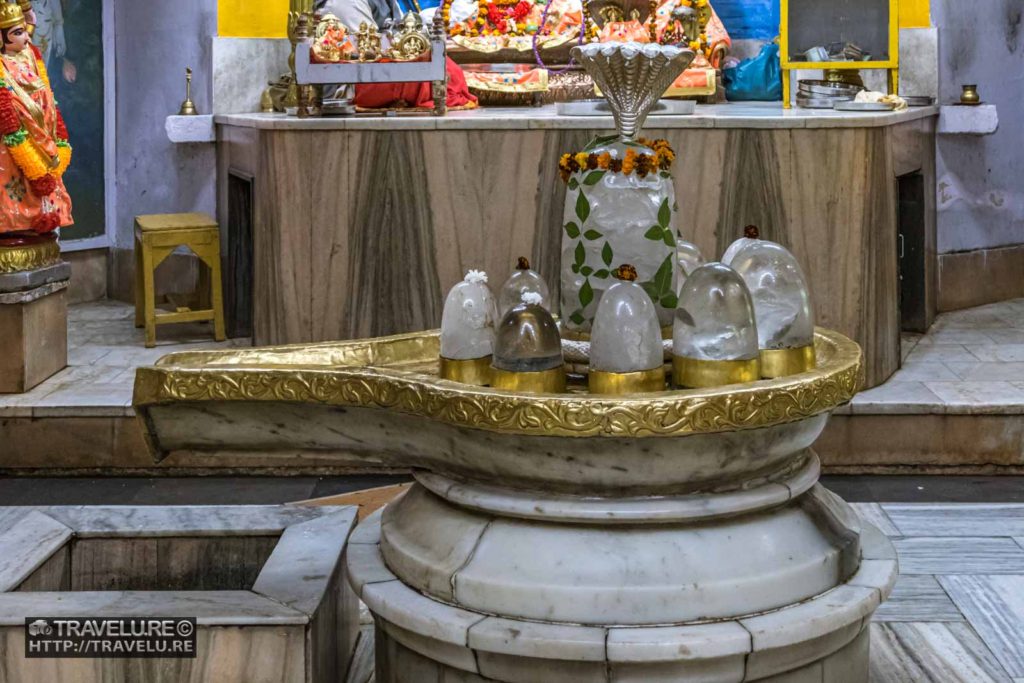
Amar Mahal
Built in the 1890s by Raja Amar Singh, a French architect designed Amar Mahal. This palace reflects Amar Singh’s eclectic taste. Its gabled roof, turreted top, and rectangular structure will remind you of French chateaux. Today, the government has turned this palace into a museum-cum-library. Just beyond Amar Mahal is Hari Niwas Palace, an art deco structure, built by Hari Singh, the last king of Jammu and Kashmir. He lived here for a few years.
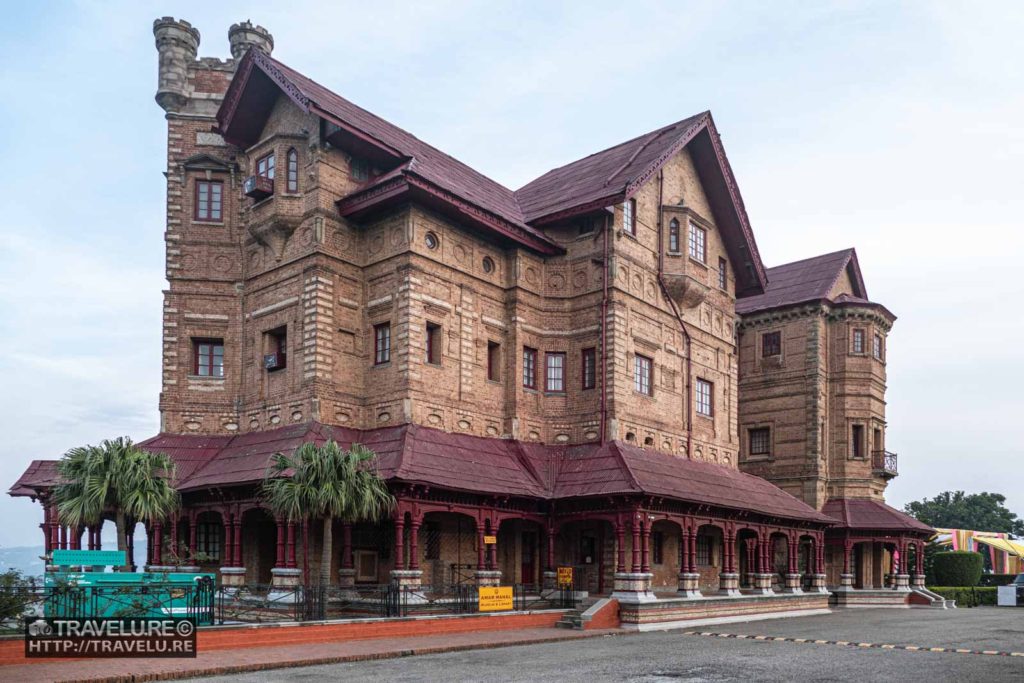
Amar Singh was one of the four sons of Ranbir Singh, the ruler from the Dogra dynasty. The largest gestalt of this dynasty exists in Jammu in Mubarak Mandi. Next week, I’ll take you there to give you a peek into a few centuries of Jammu’s royal past.
